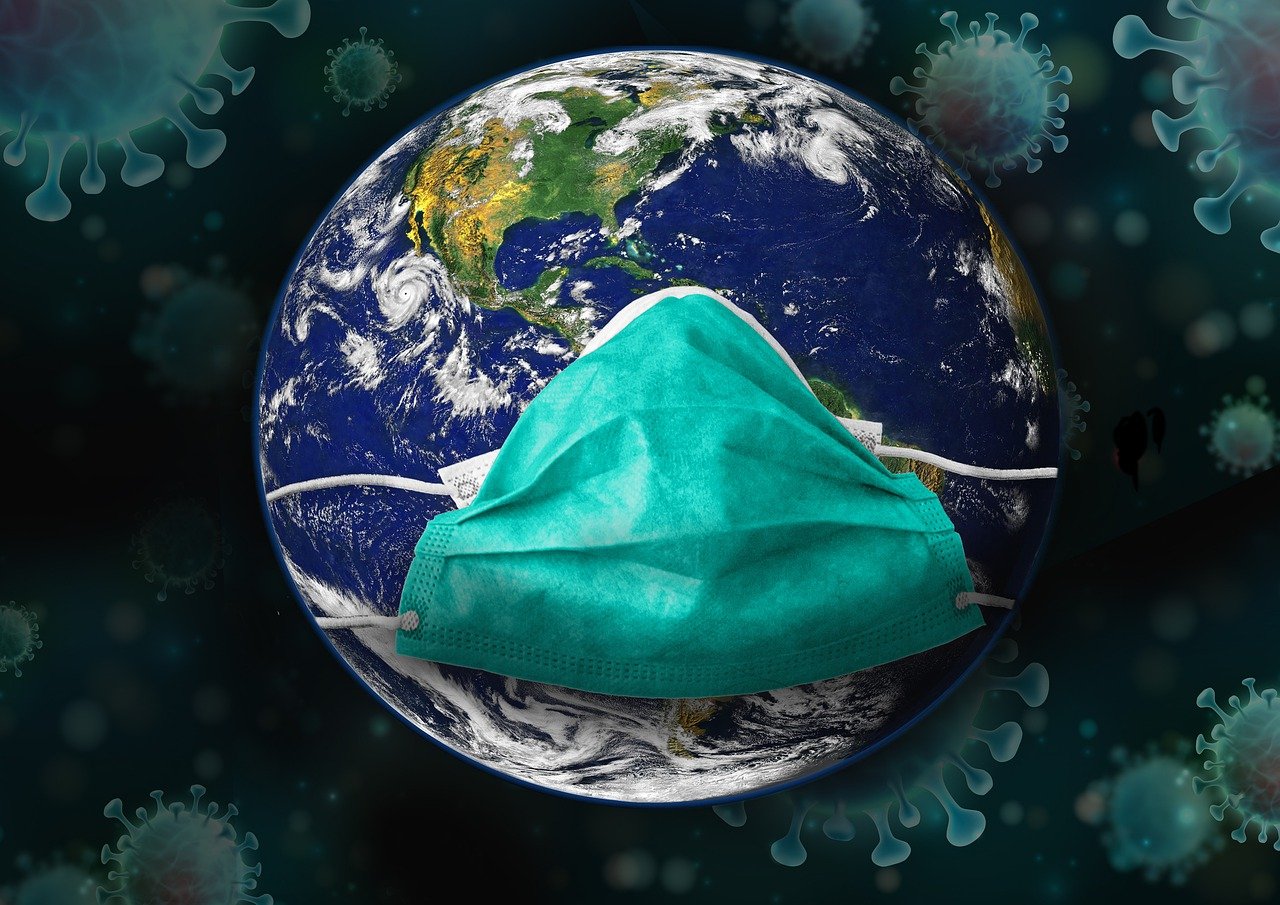June 30, 2022 – As if cats weren’t already mysterious enough, questions have now resurfaced about animal-to-human transmission of the coronavirus after a report that a veterinary surgeon in Thailand likely got COVID-19 from a cat she was swabbing.
Nature reports the case is the first evidence of cat-to-human COVID-19 transmission, though early in the pandemic cats were found to give COVID to other cats, and there have been various reports of the virus passing between animals and humans, not the least among them the hypothesis that SARS-CoV-2 jumped from bats to humans.
According to a CDC report in Emerging Infectious Diseases, published online earlier this month, “a veterinarian in Thailand was diagnosed with COVID-19 after being sneezed on by an infected cat owned by an infected patient. Genetic study supported the hypothesis of SARS-CoV-2 transmission from the owner to the cat, and then from the cat to the veterinarian.”
So should people worry they could get COVID from their cat or other pets?
Instances Very Rare
The odds are very low, Jane Sykes, PhD, professor of small animal internal medicine at University of California Davis says..
It’s much more likely a human will give a pet COVID-19 than vice versa, she says.
Additionally, cats shed viable virus for only a short time (about 5 days), according to the CDC.
“Some coronaviruses that infect animals can be spread to people and then spread between people, but this is rare. This is what happened with SARS-CoV-2, which likely originated in bats,” the CDC says.
Sykes says it’s very difficult to prove whether a cat has infected a human because of the common time lag of people knowing they have COVID-19 and the difficulty in separating the interactions of people inside and outside a household with interactions of household members and the family pet.
Cat-to-human transmission may have happened before, she says, but it just hasn’t been proven as such.
In any case, she says, “Companion animals are not important drivers of transmission of SARS-CoV-2.”
In the Thailand case, the discovery of cat-to-human transmission came about by accident, according to the Nature the article.
Last August, a father and son who had tested positive for coronavirus were moved to an isolation ward in a hospital in southern Thailand. Their cat was also swabbed and tested positive.
According to the report, “While being swabbed, the cat sneezed in the face of a veterinary surgeon, who was wearing a mask and gloves but no eye protection.
Three days later, the vet developed a fever, sniffles and a cough, and later tested positive for SARS-CoV-2, but none of her close contacts developed COVID-19, suggesting that she had been infected by the cat. Genetic analysis also confirmed that the vet was infected with the same variant as the cat and its owners, and the viral genomic sequences were identical.
Precautions Recommended
Even though transmission is rare, precautions are wise, the CDC says, advising, “People with suspected or confirmed COVID-19 should avoid contact with animals.”
If a pet infection is suspected, “Eye protection as part of the standard personal protection is advisable for caregivers during close interactions,” the CDC says.
Earlier this year, WebMD reported that scientists have found the coronavirus in 29 kinds of animals, including household pets, livestock, and wildlife.
One research team in 2020 found a possible case of cat to human transmission, but it was difficult to confirm.
In most cases, humans infect animals, and animals don’t infect humans. But scientists have been concerned about recent research that shows some animals other than household companions — such as mink and deer — appear to be able to spread the virus to humans.
According to a study published on the preprint server bioRxiv, researchers have found the “first evidence of a highly divergent lineage of SARS-CoV-2 in white-tailed deer and of deer-to-human transmission.” Experts last fall felt the concern was high enough to warrant a warning to deer hunters to wear mask and gloves when handling the animals.
Nature also reported in February of this year that hamsters “probably carried the Delta variant of SARS-CoV-2 into Hong Kong and sparked a human COVID-19 outbreak,” according to a genomic analysis of samples from the hamsters.
In that article, Arinjay Banerjee, PhD, a virologist at the University of Saskatchewan in Saskatoon, Canada, says the risk of being infected by a hamster is low, but it is “something to be aware of.”
Sykes says though there’s no reason yet to vaccinate pets against COVID or test them for the disease, there should be more awareness of the possibility.
“I do think there’s the potential for cats to transmit the infection back to people,” she says. “We know this virus is changing. We’ve got new variants emerging continuously. Should it become more obvious that companion animals might be a source of infection to humans, then we need to be thinking about more frequent testing or even vaccination of companion animals.”

